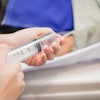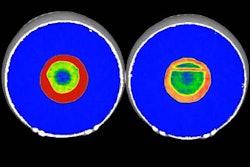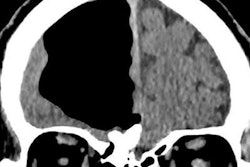Dear CT Insider,
CT is widely considered the go-to imaging modality for the initial assessment of emergency cases such as blunt trauma near the head and neck. Yet most guidelines recommend follow-up MRI for patients presenting with such a condition, even if the findings on CT prove normal, to make sure patients don't later sustain paralysis.
What are the costs of this ancillary imaging? Researchers from Yale University weighed the pros and cons of MRI following normal cervical CT using decision-analytic modeling in a new study published in JAMA Surgery. Check out their findings in this issue's Insider Exclusive.
In a turn of events, researchers from the University of Southern California and Kent State University discovered a change in the composition of balls used in Major League Baseball that may have contributed to the surge of home runs last year. Click here to read more about how CT aided their discovery.
A broad variety of other research has recently surfaced in the CT Community:
- French researchers reported that there might be a way to rule out pulmonary embolism in the emergency department without CT pulmonary angiography.
- A recent ultralow-dose CT protocol successfully reduced radiation exposure to match that of x-ray in the evaluation of particular acute traumatic fractures.
- The use of cardiac CT angiography to evaluate chest pain in the emergency department has been rising in recent years, but it still falls short of the use of myocardial perfusion imaging. Click here for possible explanations behind this trend, offered by a group from Thomas Jefferson University.
- A simulation based on data from the Colonoscopy or Colonography for Screening trial compared the two screening methods for colorectal cancer.
Numerous presentations at the recent European Congress of Radiology in Vienna demonstrated distinct ways in which new technology has helped expand the role of CT in healthcare:
- Deep-learning algorithms can measure the volume of intracranial calcifications and distinguish lung nodules on CT exams.
- Augmented reality holograms based on CT scans facilitated image-guided joint injections in a feasibility study.
- Interventional radiologists from Germany simulated a CT-guided pain therapy procedure on realistic 3D-printed CT phantoms that they developed.
Finally, in a curious case report, physicians in Northern Ireland spotted a large pocket of air inside a patient's brain. Find out the cause of this phenomenon by clicking here.
Head over to AuntMinnie.com for more stories covering the latest CT news.




















